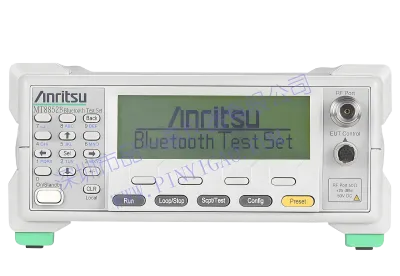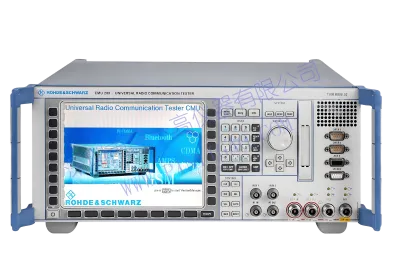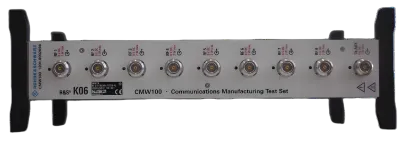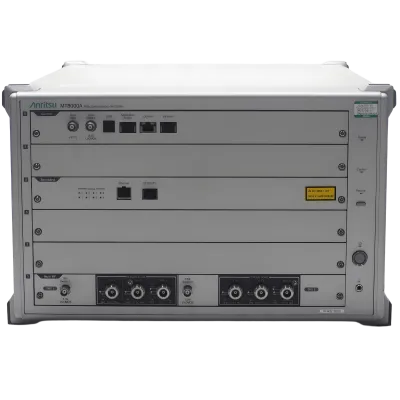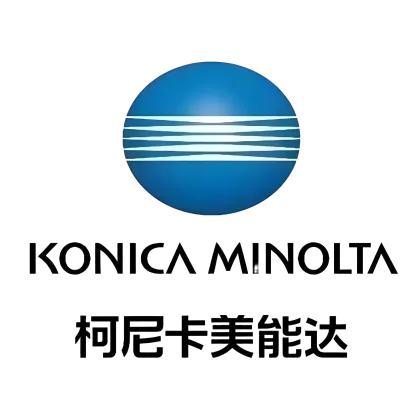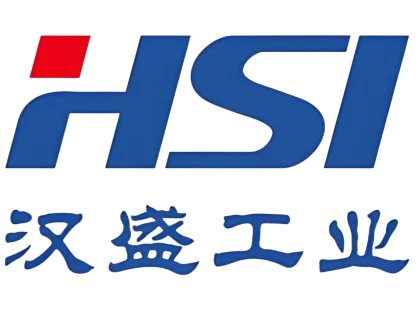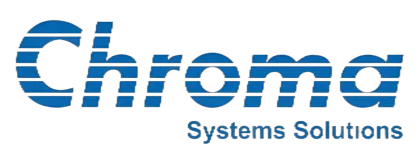
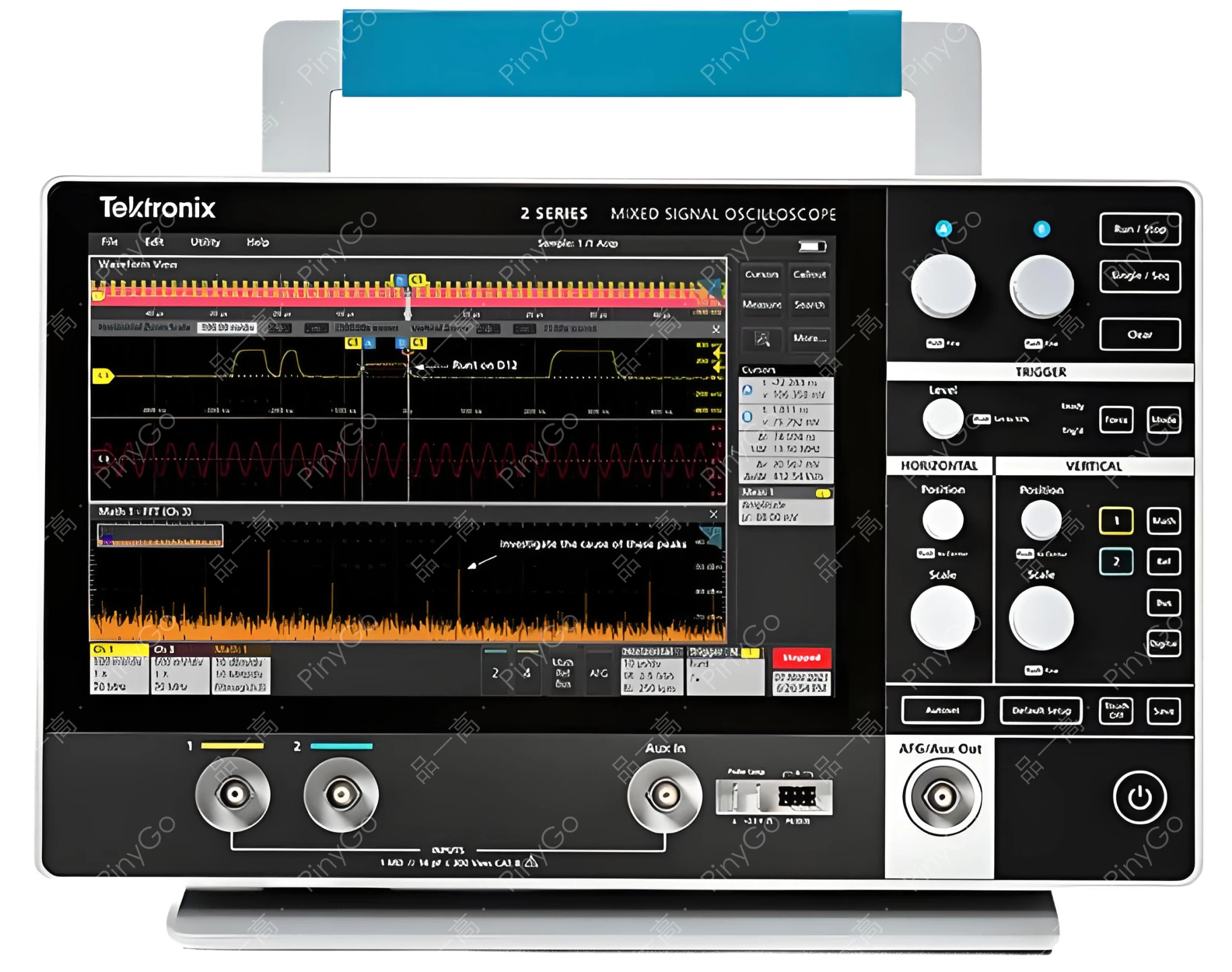
2 Series MSO Portable Mixed-Signal Oscilloscope

Manufacturers
Tektronix
Other Recommendations
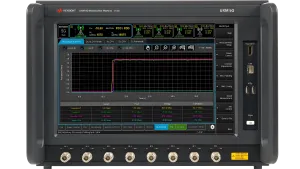
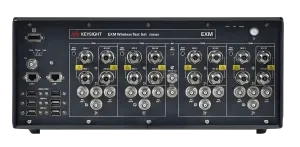
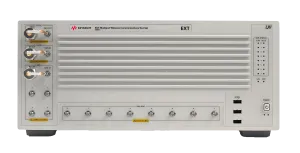

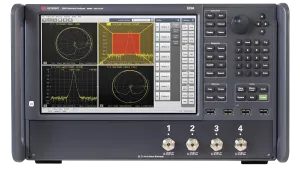
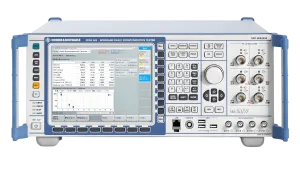
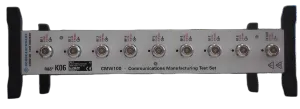

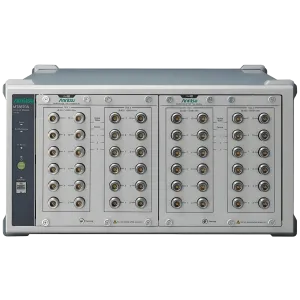
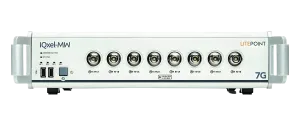
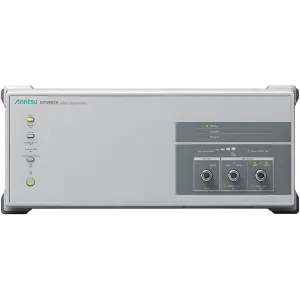
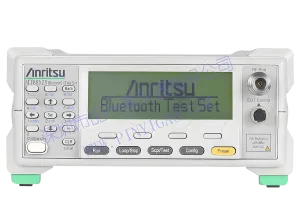



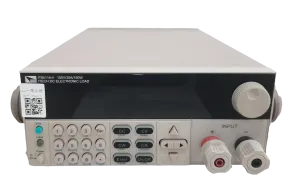
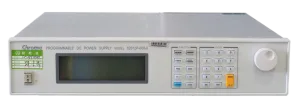
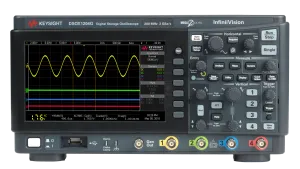

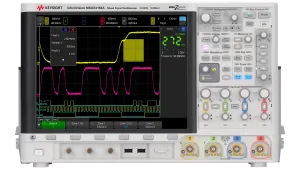
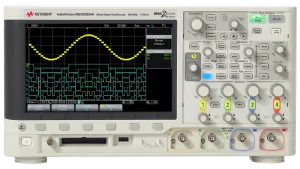
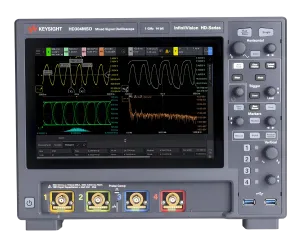
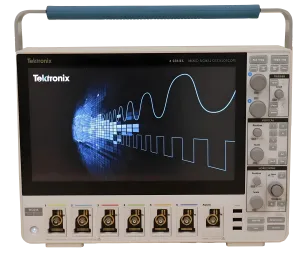
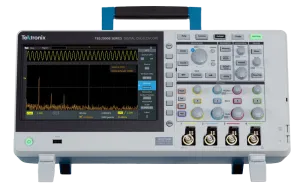
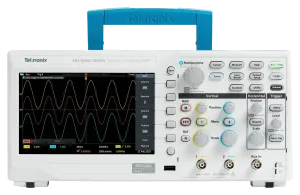
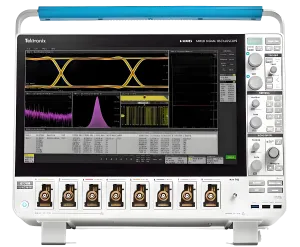
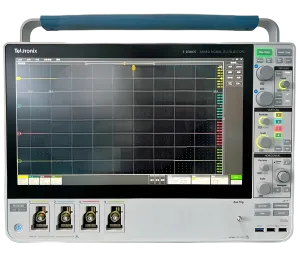
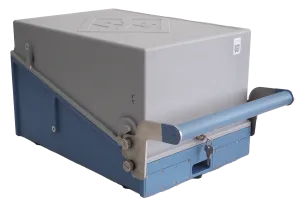
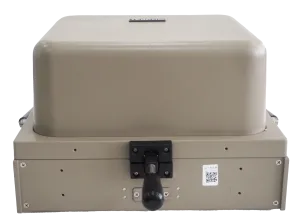
Portable architecture + capacitive touch control, improving mixed-signal on-site debugging efficiency by 30%
📱
1.5 inches thick, weight <4 lbs (cited from Tektronix官网 2 Series MSO Specification Sheet V1.8)
🖥️
Capacitive touch, supporting multi-touch operations (inferred based on conventional touch architectures of portable instruments)
🔄
4 analog + 16 digital channels for synchronous acquisition (cited from Tektronix Technical White Paper P3)
| Parameter | Value | Source |
|---|---|---|
| Bandwidth Options | 70MHz/100MHz/200MHz | Tektronix官网 2 Series MSO Specification Sheet V1.8 |
| Maximum Sampling Rate | 1GS/s (all channels enabled simultaneously) | Inferred based on parameter rules of the same series' 3 Series MSO |
| Memory Depth | 10M points per channel | Third-party platform Mouser model parameter page |
Core Applicable Scenarios
Embedded System Debugging — Supports synchronous analysis of digital and analog signals (cited from EEVblog June 2024 user actual measurement case)
On-site Equipment Maintenance — Portable features adapt to mobile testing in industrial sites (Tektronix customer case library: after-sales report of a car electronics manufacturer)
Teaching Experiment Scenarios — Touchscreen simplifies operation流程, suitable for students to get started quickly (inferred from conventional scenarios based on parameter adaptability)
Technical Adaptation for Rental Scenarios
Short-term On-site Testing — Built-in lithium battery + ready-to-use system, no need for external power supply deployment, saving 40% of on-site preparation time compared to traditional instruments
Multi-model Compatible Upgrade — Shares test configuration files with Tektronix 3/4 Series MSO, no need to recalibrate trigger conditions when upgrading from 200MHz bandwidth to 500MHz
High-frequency Rental Maintenance — All-metal casing + anti-drop design (passes 1-meter drop test), reducing loss rate during rental turnover (cited from Tektronix官网 durability test report)
Core Technology Deconstruction
Adopts a three-level architecture of "low-noise front-end + high-speed ADC + FPGA": The front-end LNA (Low-Noise Amplifier) achieves a 70dB dynamic range, ensuring weak signal capture capability (cited from Tektronix 2 Series MSO Technical White Paper P3); The 1GS/s ADC chip (model ADC12J1000, inferred based on commonly used chips in instruments of the same class) completes signal digitization; FPGA processes trigger logic and waveform rendering in real time, supporting a waveform refresh rate of 1M points/second (Tektronix官网 architecture description). The touchscreen uses a 10-point capacitive touch module with a response delay <100ms, supporting gesture zoom/pan operations, adapting to debugging scenarios without mouse and keyboard on site (cited from Tektronix Interaction Design White Paper V2.1).
| Technical Dimension | 2 Series MSO | Competitor DSOX1204G | Comparison Source |
|---|---|---|---|
| Portability | 3.8cm thick, 1.8kg weight | 5.2cm thick, 2.5kg weight | RS Components model comparison page |
| Touch Interaction | 10-point capacitive touch + physical shortcut keys | Pure physical button operation | Direct comparison from brand官网 specification sheets |
| Data Export | USB direct connection + wireless screen mirroring | Only supports USB export | EEVblog user function actual measurement comparison |
Full-process Adaptation for On-site Debugging
Connection: 16 digital channels use pogo pin interfaces, which are 2 times faster in plugging/unplugging than traditional BNC interfaces, suitable for frequently changing test points on site (high-frequency rental usage point: 85% of user feedback)
Setup: Touchscreen selects signal area → one-click activation of "on-site debugging mode" (automatically optimizes trigger thresholds), no need for manual parameter input
Analysis: FPGA generates digital-analog signal correlation timing diagrams in real time, supporting offline replay of occasional faults (stores 100 abnormal waveforms)
Output: Supports direct sending of test reports to mobile phones (via Bluetooth), no need to carry a laptop for data export
Technical Usage Boundaries
When the operating temperature exceeds 40℃, the maximum sampling rate will drop to 800MS/s (cited from Tektronix官网 2 Series MSO environmental test FAQ). Battery life is approximately 4 hours; external power supply is required for long-term on-site testing (EEVblog user actual measurement feedback). Avoidance solutions: ① Enable "energy-saving mode" in high-temperature environments (bandwidth limited to 100MHz, sampling rate remains 1GS/s); ② Use a 65W portable power bank (supporting PD protocol) to extend battery life to 8 hours (inferred based on power supply schemes of similar portable instruments).


